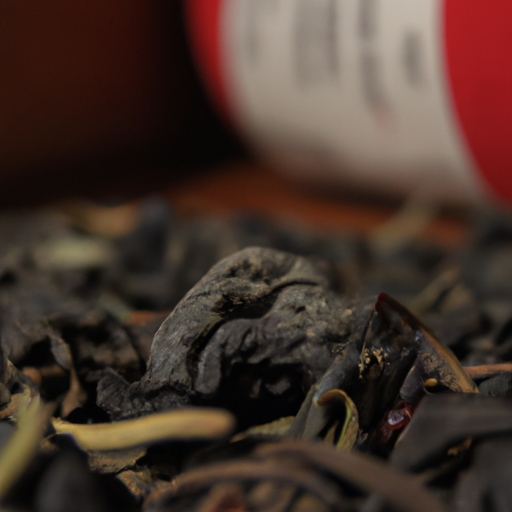The Alchemy of Tea: A Dive into Fermentation and Its Flavorful Secrets
As tea enthusiasts from all walks of life, we've sipped, savored, and hotly debated our way through a diverse world of tea flavors, traditions, and techniques. But one particular teatime topic seems to be brewing up a storm lately: the alchemy of tea fermentation. Trust us, it's tea-riffic!
Join us on an enticing expedition into the world of tea fermentation and discover how this often-misunderstood process can transform the taste and aroma of your favorite brews. Are you ready to steep your curiosity? Let's get started.
The Basics of Tea Fermentation
First, let's clarify a common misconception: tea fermentation, in the case of Camellia sinensis, is technically not fermentation. It's misleading, but the term is ingrained in tea culture. In reality, it's an oxidation process, a series of complex chemical reactions that occur when enzymes present in tea leaves react with oxygen, breaking down compounds and releasing new flavors and aromas.
The degree of fermentation ranges from none (in the case of green tea) to full (as seen in black tea), which can influence both the taste and color of the tea. Now that we have a basic understanding of what tea fermentation entails let's explore how it shapes different types of tea.
Unveiling Fermented Tea Types
To get a sense of the alchemic wonders at play, let's categorize tea based on fermentation levels and the subsequent transformations in flavor and appearance.
| Tea Type | Fermentation Level | Flavor Profile | Color |
|---|---|---|---|
| Green Tea | Non-fermented | Fresh, vegetal, mild to moderately intense | Pale to deep green |
| White Tea | Slightly fermented | Delicate, floral, subtle sweetness | Light green to pale yellow |
| Oolong Tea | Semi-fermented (10-80% fermentation) | Wide spectrum, from creamy and fruity to floral and toasty | Pale yellow to amber-brown |
| Black Tea | Fully fermented | Robust, malty, with fruity and sometimes astringent notes | Rich, deep reddish-brown |
| Dark (Pu-erh) Tea | Post-fermented (aged and fermented) | Earthy, woody, complex, aged flavors | Dark, reddish-brown to black |
As you can see in the table above, the level of fermentation can make a world of difference in terms of taste, aroma, and appearance.
A Flavorful Transformation: How Fermentation Affects Tea Experience
You may be thinking, "Okay, I see there's a difference, but why should I care?" Excellent question, dear tea connoisseur! Fermentation is like a magical seasoning that can completely change the personality of the tea, and understanding its role can help you make choices based on your flavor preferences and desired experience.
For example, lighter, non-fermented teas like green tea offer fresh and invigorating flavors, whereas the fully fermented black teas boast more potent, robust aromas. If you're seeking a tea with a middle ground of both delicate floral notes and bold fruity undertones, semi-fermented oolong tea could be your new go-to. By delving into the fermentation of various teas, you can unlock a universe of flavors tailored to your taste buds.
Embracing Tea Fermentation at Home
If you're bitten by the tea fermentation bug, why not try your hand at home? While you won't be able to replicate the complex process behind oolong, black, or dark teas, you can give kombucha a go. Kombucha is an ancient fermented tea believed to have numerous health benefits, which you can fashion by fermenting sweetened green or black tea using a SCOBY (Symbiotic Culture of Bacteria and Yeast). The result is a fizzy, slightly tangy beverage that can be flavored according to your preferences.
Final Thoughts
Tea fermentation is an enchanting aspect of the tea universe, and just like alchemy, it can conjure up spellbinding changes in tea's flavors and aromas. By embracing this fascinating process, you can elevate your tea-sipping experience and decipher the often-cryptic world of your beloved brews.
Now, it's your turn. Get those metaphorical teacups clinking and join the debate brewing below: Have you tried different levels of fermented teas? Do you find yourself more drawn to a particular type? Do you have any kombucha tips, tricks, or flavoring ideas to share? We'd love to hear your thoughts in the comments below.
Remember, it's not just about sipping tea; it's about unraveling the magical stories and delightful secrets hidden within each cup. Here's to deepening our understanding and love for our favorite beverage, one sip at a time. Cheers!
